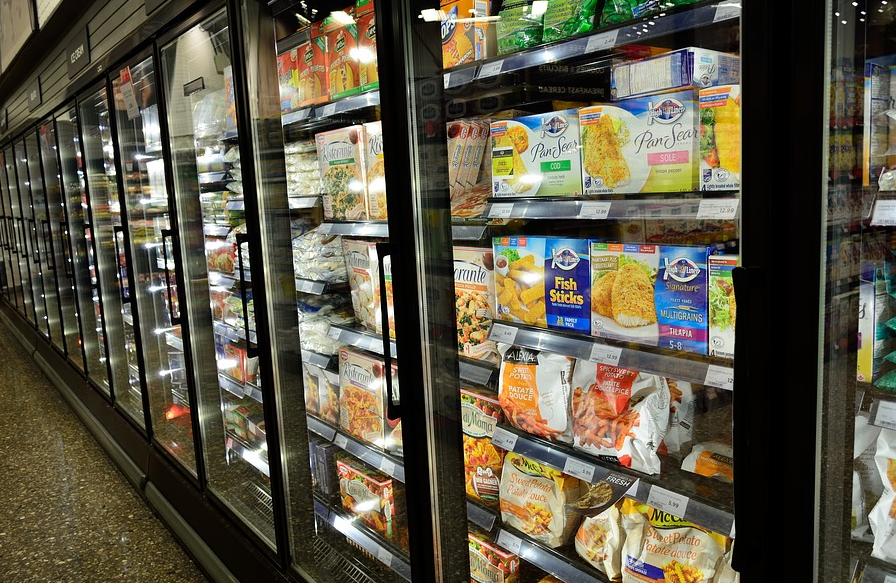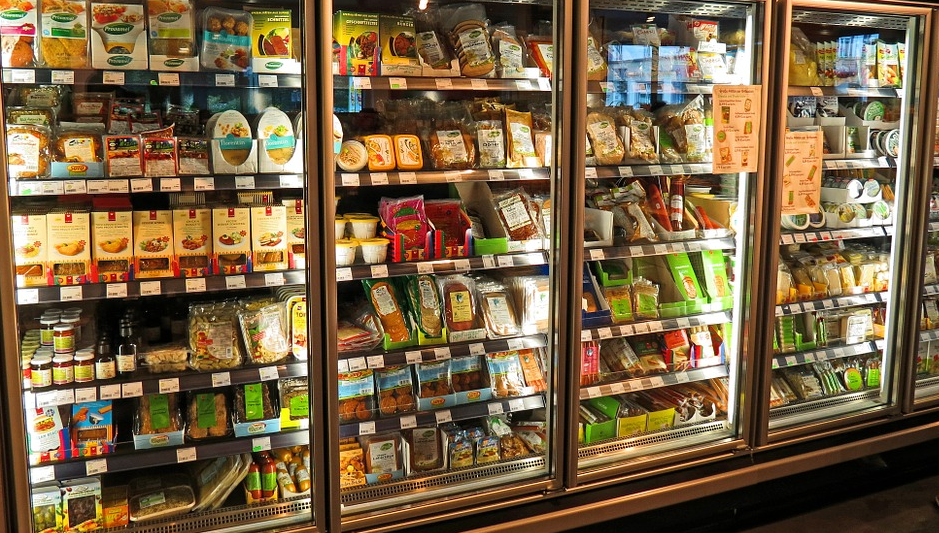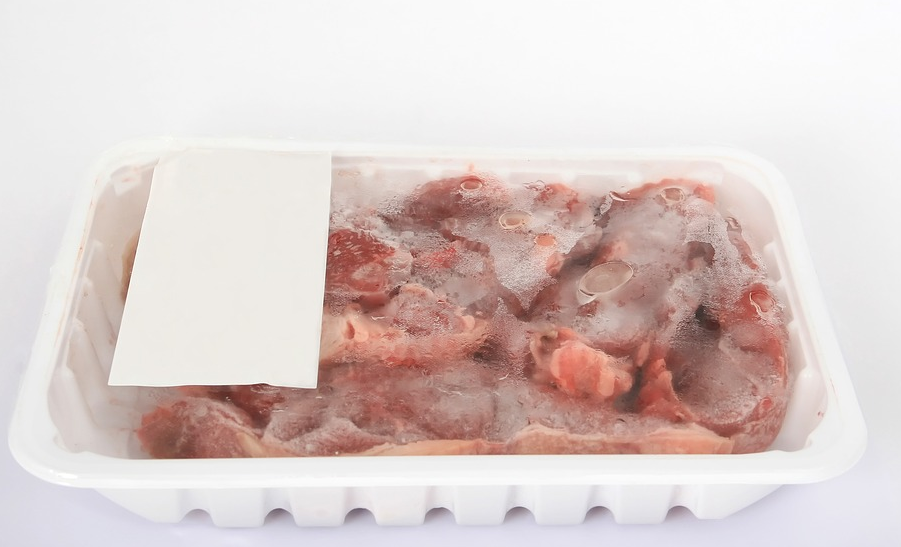
After a voluntary scheme in 2010, businesses are now required by law to display their food hygiene scores to customers.
The act, which came into full effect in 2013, has proven popular with customers and businesses alike, as scores have gradually risen, and the threat of food poisoning, or other related illnesses have fallen.
Unfortunately, some businesses have struggled with the changes, and have found themselves unable to meet the demand of local authorities. With such importance now placed on hygiene ratings, how can food packaging improve the scores of those who are falling behind?
Biodegradable Packaging

With so much emphasis placed on the environment, most local authorities look kindly upon businesses that implement biodegradable packaging as part of their stock.
The use of recyclable materials shows that the business is conscious of its stamp on the environment, and takes responsibility for ensuring that their waste is handled responsibly.
Gone are the days of excessive, non-recyclable materials, and in its place comes organic, earth friendly products that won’t harm the environment.
As plastic is still the go to product for most businesses, it can be hard to implement new products and procedures into older companies who may struggle to break away from old habits.
However, when a bad food hygiene rating can have an adverse effect on your institution, it may be time to bring in new, positive changes to help improve scores.
Less is more

Although packaging’s purpose may be to entice customers as much as it is to protect the produce, today, less excessive materials are viewed as the better option by both customer and hygiene inspector.
Today, as both customer and local inspector are more conscious of potential damage to the environment, less, but more effective packaging is the preferred option of both parties.
This is good news for businesses, as the cost of packaging can be cut, and less waste is produced.
Clear Labelling

In an increasingly health conscious society, clear labelling has quickly risen to the top of significant factors when it comes to food hygiene scores and successful packaging.
Labelling is particularly important on fast food packaging, as the produce usually contains a high amount of added ingredients, and may have made contact with common allergen produce such as nuts and milk.
Such changes to labelling has meant that more transparency is required from businesses, as all additives and ingredients must be disclosed.
Durability
Although the lower price of cheap food packaging may seem attractive, the less than suitable materials can often lead to a lower hygiene score.
As the law requires that the packaging should remain intact from the moment it’s wrapped to the point of sale, any damages to the material could prove costly.
Particularly important with frozen produce; any holes or tears in the packaging could lead to bacteria infecting the meat. In this case, the place of business could be fined or even shut down if it’s found to be connected to any customer health complaints.
It may be enticing to cut packaging costs, but when cheap and unstable materials could cost you your score, or even worse, your business, it’s much safer to work with respected suppliers.
Separation is key

According to EU Food Safety regulations, packed and unpacked produce must be separated in order to reduce the risk of infection or bacterial contamination.
The risk of airborne cross contamination, or contact between raw produce can result in serious consequences for both the customer and business owner.
If found to be breaking EU regulations, a business’ hygiene rating could be seriously reduced, or, if a customer complains of poor health after eating produce from the institution, the business could be shut down for a length of time.

Packaging is a key aspect of any food produce business. From raw to cooked food, it is vital for storage and transportation alike.
Local authorities have become stricter with food hygiene scores, and consider significantly more variables when making their decision before offering a fair rating. Included in this, is the quality and care of the packaging, as it plays a vital role in food safety.
If you’re struggling to improve your packaging standards, or would like to know more about how successful packaging could help your business, learn more from our blogs below.
http://www.charlottepackaging.com/latest-news/printed-packaging-conference-catering-impress-best/
http://www.charlottepackaging.com/latest-news/packaging-affect-environment/
http://www.charlottepackaging.com/latest-news/8-top-tips-streamlining-business/

